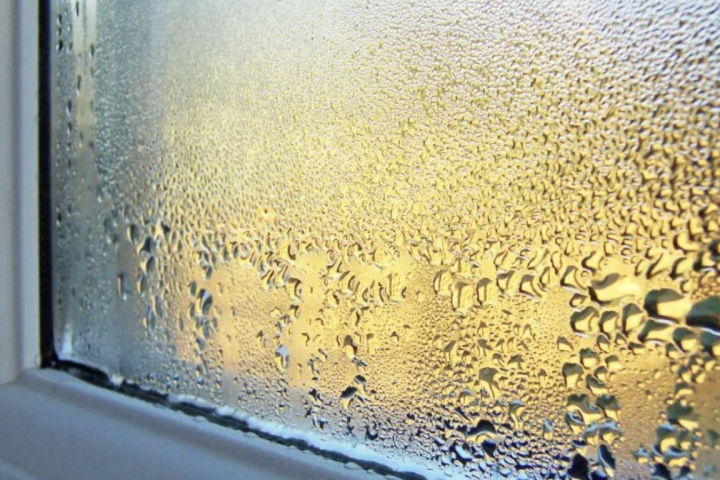MANAGING CONDENSATION!

As a large property company, responsible for the management of hundreds of homes, we are very often asked for advice on a number of recurring issues. At this time of year, we are often asked about the best way to manage condensation in the home.
Condensation occurs when moisture packed air comes into contact with a cold surface such as an external wall. It cools quickly and releases water which turns into droplets on the cold surface. It can be identifiable through water droplets forming on the inside of your windows and window cills, along with cold walls, and in some cases, a musty smell. If not dealt with quickly, this can lead to black spot mould appearing on walls, ceilings and to window reveals. Wallpaper can also start to lift or peel.
Black spot mould is usually a direct result of condensation and is sometimes often confused with damp. It usually occurs as a result of an imbalance between heating and ventilation in the home and it can become a health hazard if not adequately treated.
Whilst in extreme cases, we introduce suitably qualified contractors to deal with such issues, there are steps that a homeowner can take to reduce condensation:
1. Wipe down condensation on a regular basis
As soon as you see condensation forming on windows or window cills, wipe this down using kitchen towel or similar to absorb the moisture.
2. Ensure your home is well ventilated
Make use of trickle vents or night locks to windows, or ensure that windows are opened following cooking or bathing, in order to allow moisture to escape.
3. Use extractor fans that are fitted
Ensure that these are in good working order so as to further aid the disbursement of moisture. Fit an extractor fan in the bathroom, and potentially the kitchen, if there isn’t one already installed.
4. Ensure that your home is properly heated
Keep your home warm. Condensation is formed as warm air comes into contact with your cold walls, so maintaining a steady temperature can help control this. Avoid using Calor gas type heaters.
5. Insulate
Ensure that your home has the right level of insulation, including loft insulation to improve energy efficiency.
6. Don’t hang clothes to dry inside on radiators
Don’t hang clothes on radiators and if possible, hang outside rather than in. If you have space, use a tumble dryer, but ensure that this is properly vented.
7. Consider installing a Positive Input Ventilation (PIV) unit
A PIV unit could be installed if the condensation in your home is particularly bad. These draw in fresh air through the unit which is then filtered and diffused throughout the house at ceiling level, diluting moist air, lowering humidity levels and reducing condensation.
Condensation can be uncomfortable to live with and having it in your home may feel unsettling, however, rest assured, there are ways you can combat this by utilising the steps above!



